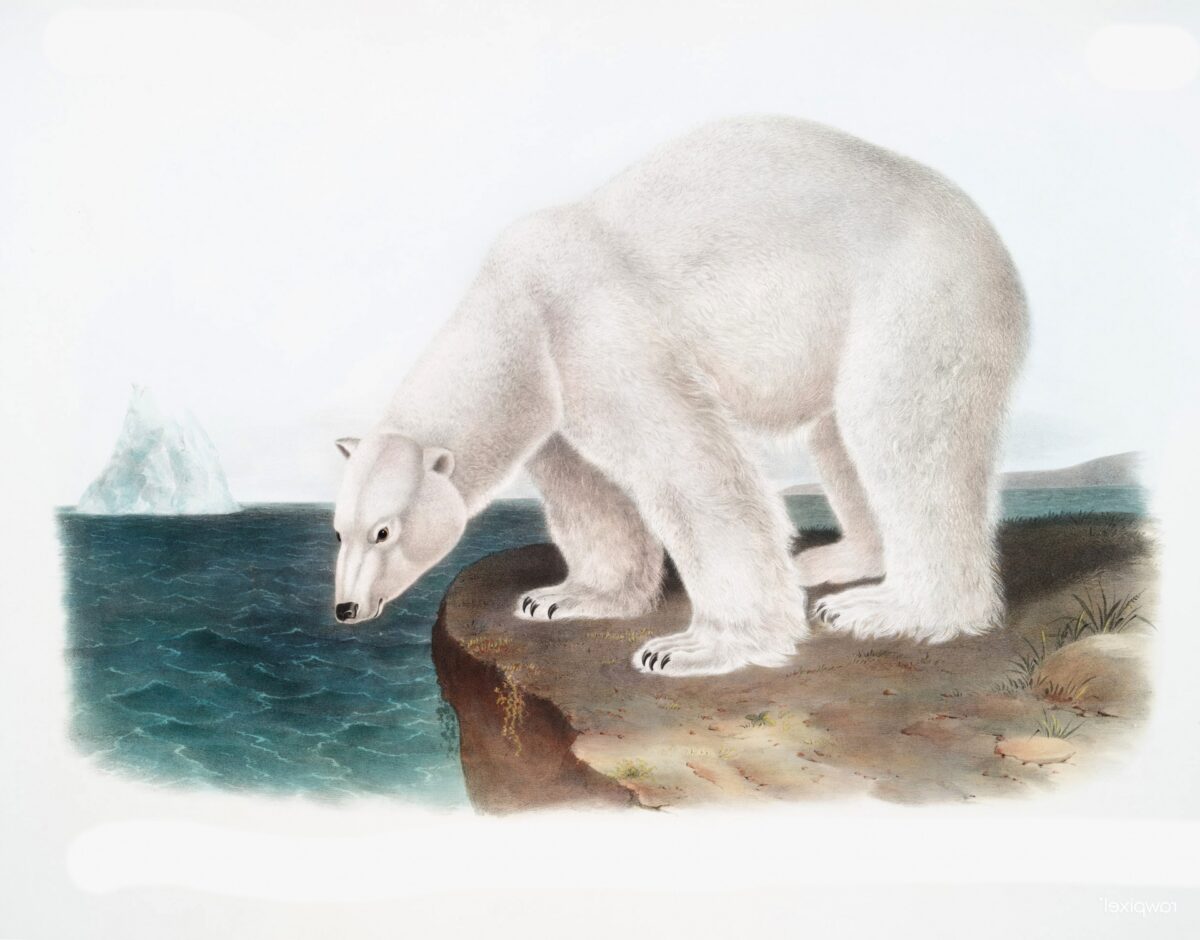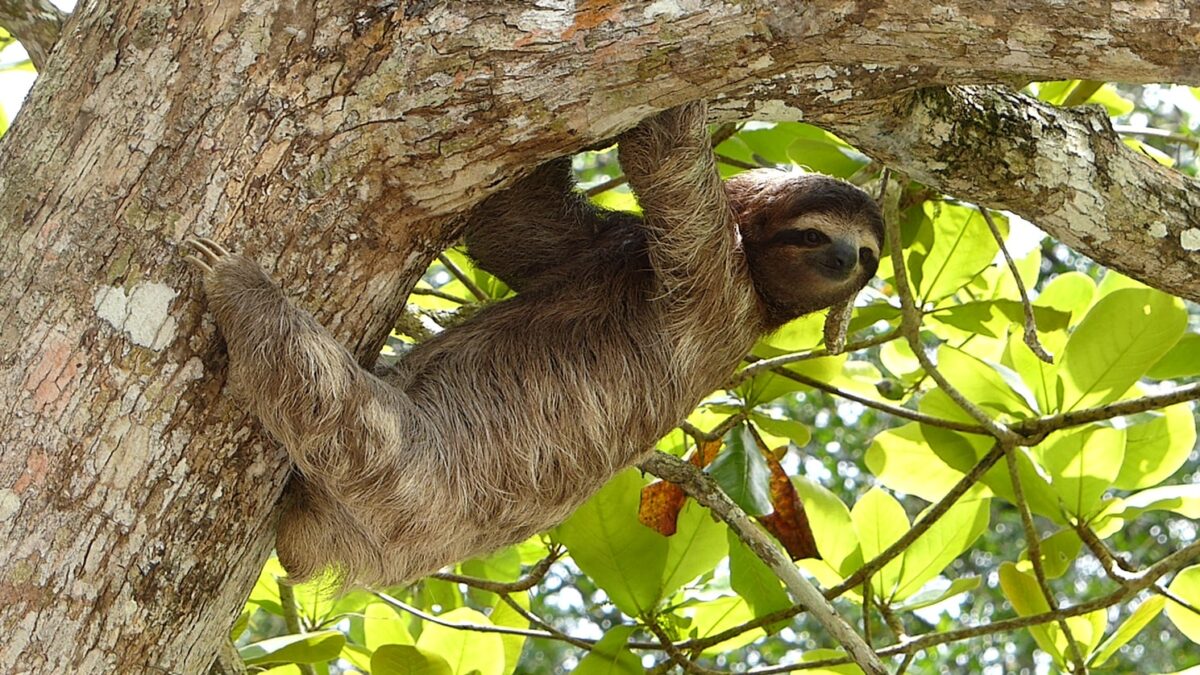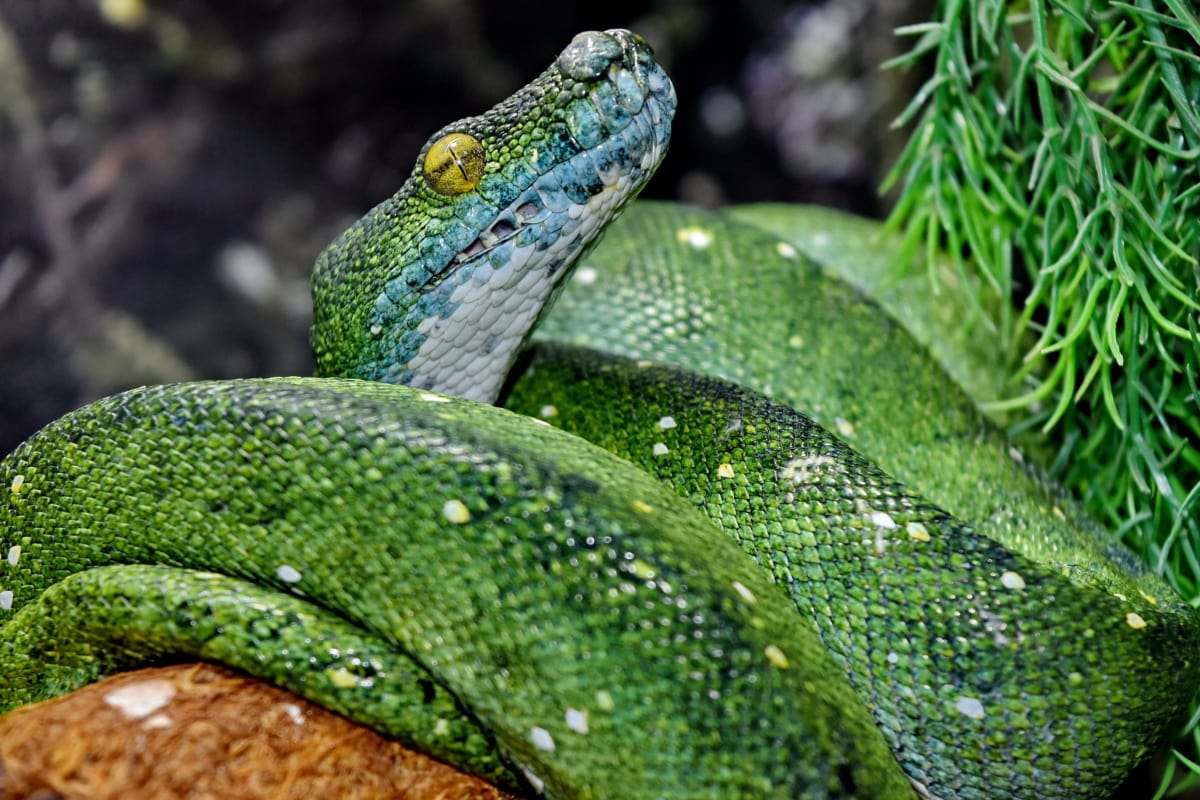There are three species of bears that live in North America. They are the black bear, brown bears and polar bears. The North American bears listed here explore some varying characteristics of each species.
Black Bear Facts:
Height: About 3 feet at the shoulder and 5–7 feet tall when standing upright
Weight: Ranges from 100 to 600 pounds depending on age, sex, and season
Average Life Span: 15–25 years
Did You Know? Despite their name, black bears can be black, cinnamon, blonde, blue/gray, or even white!
American black bears (Ursus americanus) are the most common and widely distributed species of bears in North America. The black bear can be found anywhere from wooded areas to the beach to the mountains.
In the eastern third of North America, the majority of black bears are a deep black color, and about a quarter of them sport a white chest blaze. The further west you go, the more likely it is you could see brown, cinnamon, tan or blonde black bears. In British Columbia you might be lucky enough see the rare Kermode bear, sometimes called the spirit bear is a subspecies of black bear with all-white fur. Researchers tracking black bears have even documented cases of bears changing colors during the year. And it’s not uncommon for a mother bear to give birth to cubs of several different colors.
It is not clear as to why black bears come in so many different colors, some scientists believe that the colors allow bears to adapt to their surroundings; bears in densely wooded areas that lack a lot of sunlight are often darker colored than bears in wide-open, sunny areas where their light fur helps them blend in better.
What Do Black Bears Eat?
Black bears are omnivores, meaning that they eat both plants and animals.
Hibernation
Black bears spend the winter months in their dens to avoid the cold weather and lack of available food. Bears may spend up to six months in hibernation, during which they do not eat, drink, or discharge body waste. They make their dens in hollow trees or logs, under the root mass of a tree, in rock crevices, or even high in a tree in warmer climates.
Brown Bear Facts:
Height: About 3–5 feet at the shoulder and 5–7 feet in length. When standing on their hind legs, large brown bears can measure almost 9 feet tall.
Weight: Ranges from 200 to 1000 pounds depending on sex, location, and season
Average Life Span: 15–25 years
Did You Know? When laying down to rest, Alaskan brown bears dig “belly holes” to accommodate their food-filled bellies.
You can differentiate brown bears (Ursus arctos), also known as grizzly bears, from the American black and polar bears by their distinctive shoulder hump, long claws, and dish-shaped face. They can vary in color from black to blonde.
Although brown bears of the same species may look similar, everything from their coloring, diet, size, and sleeping habits depend on the location of where they live.
Brown Bear Hibernation
Most brown bears spend the winter hibernating in dens to avoid the cold weather and lack of abundant food sources. During their winter slumber, bears’ bodies drop in body temperature, pulse rate, and respiration. Their bodies use the fat they stored in the summer as energy.
Black bears spend the winter months in their dens to avoid the cold weather and lack of available food. Bears may spend up to six months in hibernation, during which they do not eat, drink, or discharge body waste. They make their dens in hollow trees or logs, under the root mass of a tree, in rock crevices, or even high in a tree in warmer climates.
Polar Bear Facts:
Height: About feet at the shoulder and 7 to feet standing upright
Weight: Ranges from 400 to 1,200 pounds
Average Life Span: 25-30 years
Did You Know? Polar bears are the largest species of bear in North America.
Polar bears (Ursus maritimus) and brown bears are closely related, however, the polar bears have adapted to life in the snow and ice. They live in the coldest environments in the nation. Polar bears have dark skin to better absorb heat and thick white coats that repel water and provide camouflage in the snow and ice. Their huge webbed paws aid them with their swimming.
It is believed that in the United States, polar bears are only found in Alaska. The polar bear population in Alaska is estimated to be somewhere between 4,000 and 7,000.









